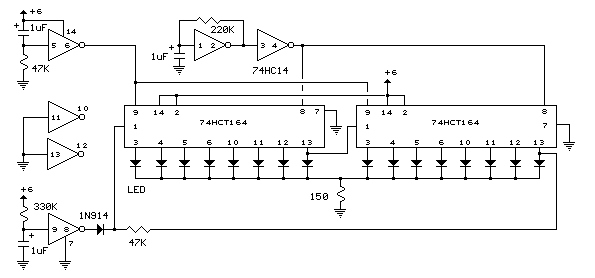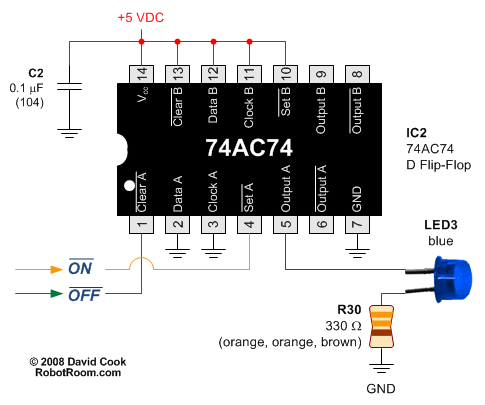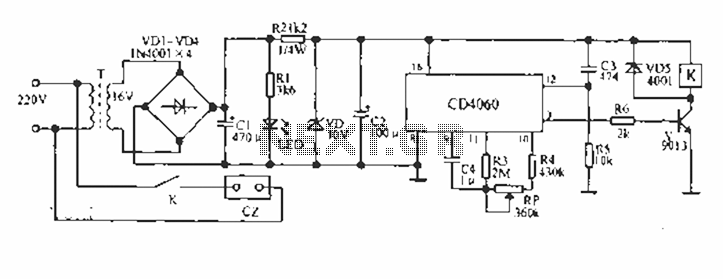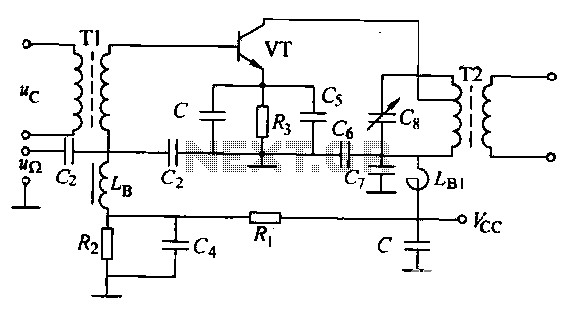
Car Battery 6V or 12V charger circuit
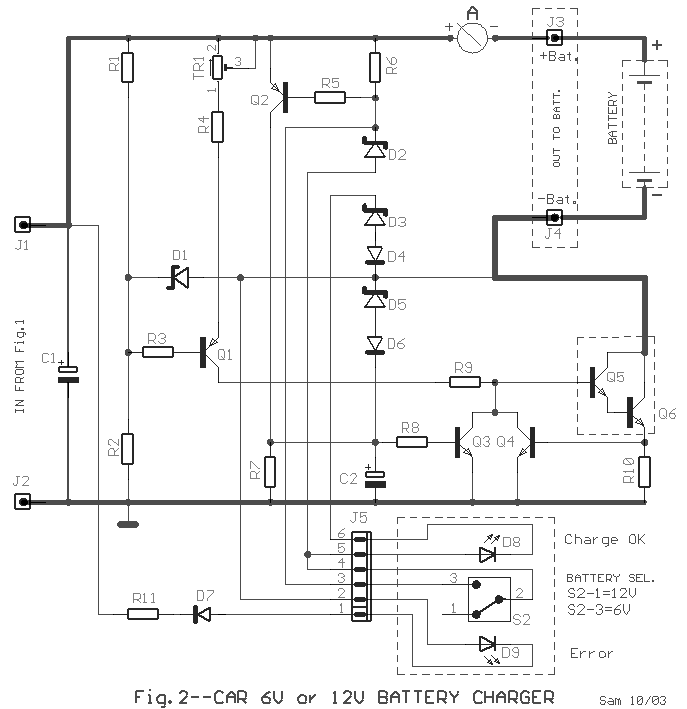
This circuit is capable of automatically charging 6V and 12V batteries quickly and accurately. A key factor in the successful operation of the circuit is the use of a high-quality transformer (T1) that features excellent insulation and short-circuit resistance.
The charging circuit is designed to efficiently manage the charging process of lead-acid or similar batteries, ensuring optimal performance and longevity. The inclusion of transformer T1 is crucial, as it steps down the mains voltage to a lower, safer level suitable for battery charging. The transformer must have a high insulation rating to prevent any risk of electrical shock and must also be robust enough to handle short-circuit conditions without failure.
The circuit typically includes additional components such as rectifiers, voltage regulators, and protection diodes. Rectifiers convert the alternating current (AC) output from the transformer into direct current (DC), which is necessary for charging batteries. The voltage regulator maintains a consistent output voltage, preventing overcharging which could damage the battery. Protection diodes are implemented to prevent reverse current flow, thereby safeguarding the transformer and other circuit components from potential damage.
To enhance charging efficiency, a microcontroller may be integrated into the design to monitor battery voltage and current, allowing for smart charging algorithms that adapt to the battery's state of charge. This feature can help in extending the battery's lifespan by preventing overcharging and optimizing charge cycles.
Overall, the circuit's design should prioritize safety, efficiency, and reliability, ensuring that it meets the necessary standards for battery charging applications. Proper layout and component selection will lead to a robust charging solution suitable for various applications requiring 6V and 12V battery support.This circuit can charge automatically, fast and rightly, batteries 6V and 12V. A basic factor in the success in the circuit operation is the use of transformer [T1] of good quality with very good insulation and resistance in the short circuits.. 🔗 External reference
The charging circuit is designed to efficiently manage the charging process of lead-acid or similar batteries, ensuring optimal performance and longevity. The inclusion of transformer T1 is crucial, as it steps down the mains voltage to a lower, safer level suitable for battery charging. The transformer must have a high insulation rating to prevent any risk of electrical shock and must also be robust enough to handle short-circuit conditions without failure.
The circuit typically includes additional components such as rectifiers, voltage regulators, and protection diodes. Rectifiers convert the alternating current (AC) output from the transformer into direct current (DC), which is necessary for charging batteries. The voltage regulator maintains a consistent output voltage, preventing overcharging which could damage the battery. Protection diodes are implemented to prevent reverse current flow, thereby safeguarding the transformer and other circuit components from potential damage.
To enhance charging efficiency, a microcontroller may be integrated into the design to monitor battery voltage and current, allowing for smart charging algorithms that adapt to the battery's state of charge. This feature can help in extending the battery's lifespan by preventing overcharging and optimizing charge cycles.
Overall, the circuit's design should prioritize safety, efficiency, and reliability, ensuring that it meets the necessary standards for battery charging applications. Proper layout and component selection will lead to a robust charging solution suitable for various applications requiring 6V and 12V battery support.This circuit can charge automatically, fast and rightly, batteries 6V and 12V. A basic factor in the success in the circuit operation is the use of transformer [T1] of good quality with very good insulation and resistance in the short circuits.. 🔗 External reference
